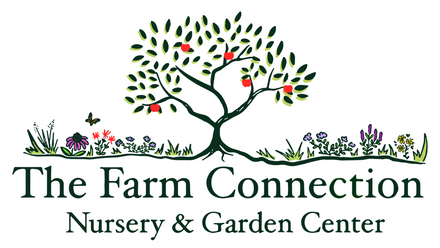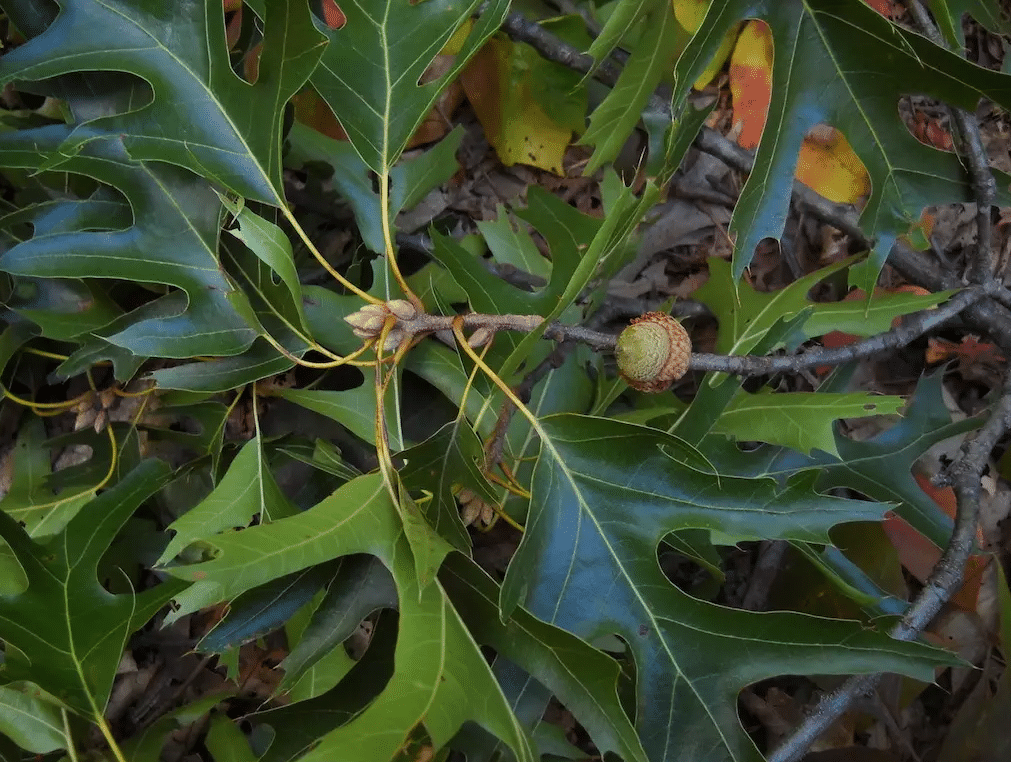Oak, Black, Bare Root
Upland Oak for Wildlife & Dry Site Restoration
Oak, Black, Bare Root - Bare Root / 6-18" Seedling is backordered and will ship as soon as it is back in stock.
Couldn't load pickup availability
Delivery and Shipping
Delivery and Shipping
Make sure to thoroughly review our entire "Shipping, Returns, Refunds, and Our Guarantee" page for all relevant details about ordering from our store.
Making a purchase from our store constitutes an agreement to all the conditions outlined in those policies.
We appreciate your support and look forward to being your favorite plant provider!
Subscribe to our newsletter
Sign up for exclusive offers.
Black Oak (Quercus velutina)
Black Oak is a bold, resilient native tree in the red oak group, prized for its rich ecological value, fall color, and adaptability to dry, poor soils. Native to eastern and central North America, this deciduous oak thrives in upland woodlands, ridges, and dry forests where few other large trees compete. Its acorns feed a wide range of wildlife, while its foliage supports hundreds of moth and butterfly species. With its deeply furrowed dark bark, russet-red fall foliage, and rugged nature, Black Oak is a top performer in rewilding projects, wildlife plantings, and restoration of dry sites.
Key Characteristics
-
Keystone support for wildlife and insects
Black Oak is a larval host for over 500 species of Lepidoptera, including the Polyphemus Moth (Antheraea polyphemus) and Banded Hairstreak (Satyrium calanus). Its acorns feed turkeys, deer, squirrels, and jays, supporting a wide range of birds and mammals. -
Thrives in dry, nutrient-poor, sandy, or rocky soils
Well adapted to dry upland ridges and thin soils, Black Oak is ideal for reforestation or restoration of degraded, drought-prone land. Its deep taproot helps stabilize slopes and sequester carbon in marginal sites. -
Fall color and strong landscape presence
This oak puts on a spectacular display of russet, bronze, and deep red foliage in fall. Its dark, blocky bark adds striking texture, making it visually interesting in native gardens, woodlands, and large landscape plantings. -
Long-lived canopy tree for layered systems
Reaching up to 80 feet tall, Black Oak plays an important role as a long-term canopy species in native food forests, silvopasture designs, and upland restoration projects. Its open canopy supports light for mid-story and understory layers. -
Hardwood with historic and ecological significance
While not commonly used in modern lumber markets, its strong wood was historically used for furniture and fuel. Ecologically, it’s essential in oak-hickory forest systems and helps maintain native woodland biodiversity.
Product Details
- Native range: Eastern and Central U.S., especially uplands and dry forest regions
- Plant life cycle: Deciduous Tree
- Sun requirements: Full sun
- Soil requirements: Medium-dry to dry; tolerant of sandy, rocky, and nutrient-poor soils
- Mature height: 50–80 feet
- Bloom time: Spring
- Bloom color: Inconspicuous yellow-green catkins
- USDA Hardiness zones: 4–9
Black Oak is a rugged, wildlife-supporting native tree with exceptional value for dry sites and upland restoration. Its striking bark, brilliant fall foliage, and keystone ecological role make it a smart choice for regenerative projects and rewilded landscapes.
-
Sun RequirementsFull Sun
-
Soil RequirementsMedium, Medium-Dry
-
Bloom ColorYellow, Green
-
Bloom TimeApril, May
-
USDA Hardiness ZonesZone 4, Zone 5, Zone 6, Zone 7, Zone 8, Zone 9+
-
Native StatesMaine, Vermont, New York, Pennsylvania, Ohio, Indiana, Illinois, Michigan, Wisconsin, Missouri, Kentucky, Tennessee, Virginia, North Carolina, South Carolina, Georgia, Alabama, Mississippi, Arkansas, Louisiana, Oklahoma, Texas
Payment & Security
Payment methods
Your payment information is processed securely. We do not store credit card details nor have access to your credit card information.




